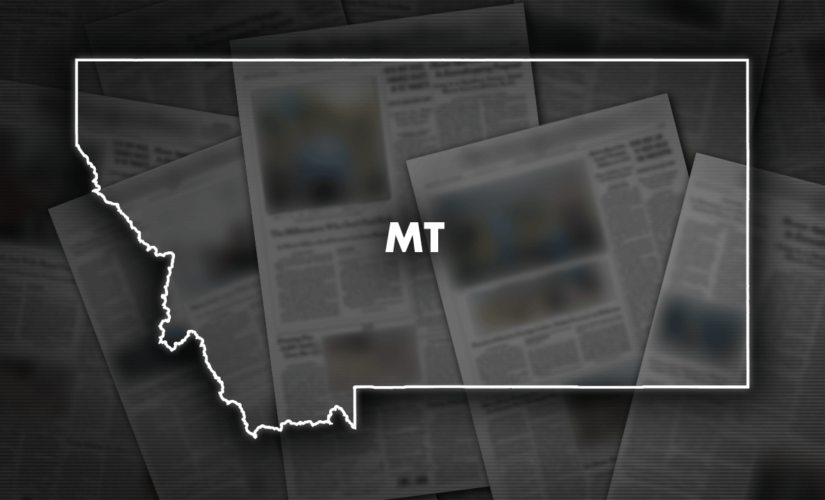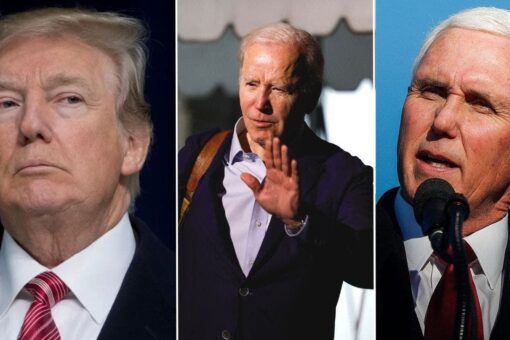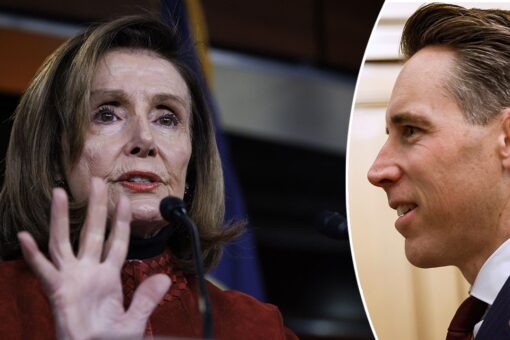Montana’s elected offices have increasingly been won by Republicans, with the GOP winning all the statewide partisan elected offices, including the governorship, in 2020. Former President Donald Trump won 56% of the Montana vote in both 2016 and 2020. Republicans have a strong majority in both houses of the Legislature. The GOP is just two seats short of holding a two-thirds majority in the 150-member legislature; such a majority is needed for lawmakers to put constitutional amendments on the ballot.
Montana’s ballot also includes a legislative referendum that would threaten health care providers with fines and jail time if they do not provide life-saving medical care to infants born alive, including after an attempted abortion. Opponents argue the proposal would lead unnecessary and futile care being given to infants who are born with fatal medical conditions, rather than allowing the family to hold them and keep them comfortable.
Another ballot issue is a constitutional amendment to protect electronic data and communications from unreasonable search and seizure.
MICHIGAN RESIDENTS TO VOTE ON ABORTION AMENDMENT IN NOVEMBER ELECTION
Former Interior Sec. Ryan Zinke is running to reclaim a Montana House seat, with protection for born-alive infants and electronic data also on the ballot.
(Fox News)
Here’s a look at what to expect on election night:
Election Night
Polls close in Montana at 8 p.m. local time (10 p.m. Eastern). Montana counts more than 90% of its votes by midday the day after Election Day. In part, this is because the counties can make sure ballots are cast legally prior to Election Day and can remove ballots from secrecy envelopes and put them in locked ballot boxes three business days prior to Election Day. Also, counties may start counting ballots one day prior to Election Day if the votes are counted with a machine. Votes are only counted on Election Day in precincts where they are counted by hand.
How Montana Votes:
Most of Montana votes absentee. This is a combination of what the state calls “absentee in person” voting prior to Election Day and absentee votes cast by mail sent to a county election office. The reasons for this include the distance a voter may need to drive to get to a polling place as well as the unpredictability of Election Day weather in November in Montana.
While voters may cast ballots in person on Election Day, most voters have already voted by that time. In fact, most Montana voters are on a permanent absentee status, meaning they will always vote by absentee ballot. In the 2020 general election, more than 98% of all voters cast their ballots by mail or in person prior to Election Day. However, pre-pandemic elections had between 65 and 73 percent of all ballots cast prior to Election Day.
The most populous counties in Montana are Yellowstone, Missoula, Gallatin, Flathead, Cascade and Lewis & Clark. Republicans are strong across the state and hold all current statewide offices, except for one U.S. Senate seat and the nonpartisan state Supreme Court posts. Democratic strongholds are in the cities of Missoula, Bozeman and Helena and the Butte/Anaconda area along with tribal communities.
Decision Notes:
AP will tabulate and declare winners in 97 contested elections in Montana, including two statewide races, two ballot issues, and two U.S. House races. Because of redistricting after the 2020 Census, Montana now has two U.S. House seats. In the 2020 general election, AP first reported results at 10:06 p.m. Eastern Time and had 94% of results at Noon Eastern Time Wednesday, November 4. All votes were counted by just after 2:30 p.m. on Thursday.
AP does not make projections or name apparent or likely winners. Only when AP is fully confident a race has been won — defined most simply as the moment a trailing candidate no longer has a path to victory — will we make a call. Should a candidate declare victory or offer a concession before AP calls a race, we will cover newsworthy developments in our reporting. In doing so, we will make clear that AP has not yet declared a winner and explain the reason why we believe the race is too early or too close to call.
The AP may call a statewide or U.S. House race in which the margin between the top two candidates is 0.5% or less, if we determine the lead is too large for a recount to change the outcome.
The AP will not call down-ballot races on election night if the margin between the top two candidates is less than 2%. AP will revisit those races later in the week to confirm there aren’t enough outstanding votes left to count that could change the outcome.
What Else Should I Know?
Montanans are now voting to elect two representatives to the U.S. House. The 2020 Census reapportionment, measuring population gains in Montana, led to the state being given a second U.S. House seat. There is no incumbent in U.S. House District 1, but Republican Ryan Zinke served as the state’s lone U.S. House member from January 2015 to March 2017, when he resigned to become Interior Secretary. The state’s current U.S. House member, Republican Rep. Matt Rosendale, is running in U.S. House District 2.
Q: What Did We Learn From the Primary?
A: Republican U.S. House candidate Ryan Zinke appears vulnerable with far-right voters after narrowly winning the primary over former Republican state Rep. Al Olszewski. Because of the tightness of the primary race, AP was not able to call it for Zinke for two days because of outstanding votes in a pair of counties, the results of which could have impacted the outcome. Two-thirds of the votes cast in the U.S. House races in the primary were cast for Republicans. Montana has an open primary, and voters can only vote one party’s ballot.
Q: What’s Changed Since the Pandemic Election of 2020?
A: The Legislature passed a law limiting the governor’s authority to revise election laws during a state of emergency, shifting that power to the Legislature. If the Legislature is not in session, the governor can propose law changes and submit them to the lawmaking body. Additionally, the Legislature approved criteria for drawing the two congressional districts, including that they be equal in population, boundaries must coincide, be continuous and be compact. And the law now requires annual voter registration list maintenance. The Republican-controlled Legislature also passed several laws affecting elections — including ending Election Day voter registration — that have been challenged in court. The voter registration law has been blocked for the general election, and people can register on Election Day.
Q: What Do Turnout and Advance Vote Look Like?
A: As of Oct. 24, there are 758,698 registered voters in Montana. Montana does not break out voters by party. Also as of Oct. 25, Montana has sent out 495,235 absentee ballots and 105,231 of those have been cast. That is nearly 29% of the total number of absentee ballots cast in the last midterm elections in 2018. Mail ballots from voters in the U.S. must be returned by Election Day to be counted. Mail ballots from overseas voters can arrive as late as Nov. 14 to be counted, but they must be postmarked by Election Day.
Q: How Long Does Counting Usually Take?
A: Montana has between 94% and 97% of its votes counted by noon Eastern Time the day after Election Day.
Q: What Are the Pitfalls With Early Returns?
A: There can be a slight shift in votes counted after noon ET on the day after Election Day. In 2016 and 2018, those votes after noon ET on Wednesday were slightly in favor of Democrats, but in total they shifted the vote totals by less than 1% of the vote. In 2020, votes counted after noon ET on Wednesday shifted results by nearly 1% to the Republican candidate. In most races, this is not enough of a shift to affect the outcome of a race. But in especially close races, this may cause AP to delay calling a winner in a particular race. Note as well that the vote shift is not uniform across all counties and all races. Some counties may have no shift toward one candidate or the other, while other counties can see shifts up to 4% or 5% of the vote.
CLICK HERE TO GET THE FOX NEWS APP
Q: What Happens After Tuesday?
A: Montana law requires a recount if the candidates are tied once returns are made official. The candidate may request a recount if the gap between the candidates’ vote totals is less than 0.25% of the total votes cast. If the candidate is defeated by more than 0.25% but less than 0.5% of all votes cast, the candidate may request a recount but would be required to post a bond to cover the costs. Any request for a recount must be made within five days of the official counting of results. For counties, that date is Nov. 22; for the state, that deadline is Dec. 5.




